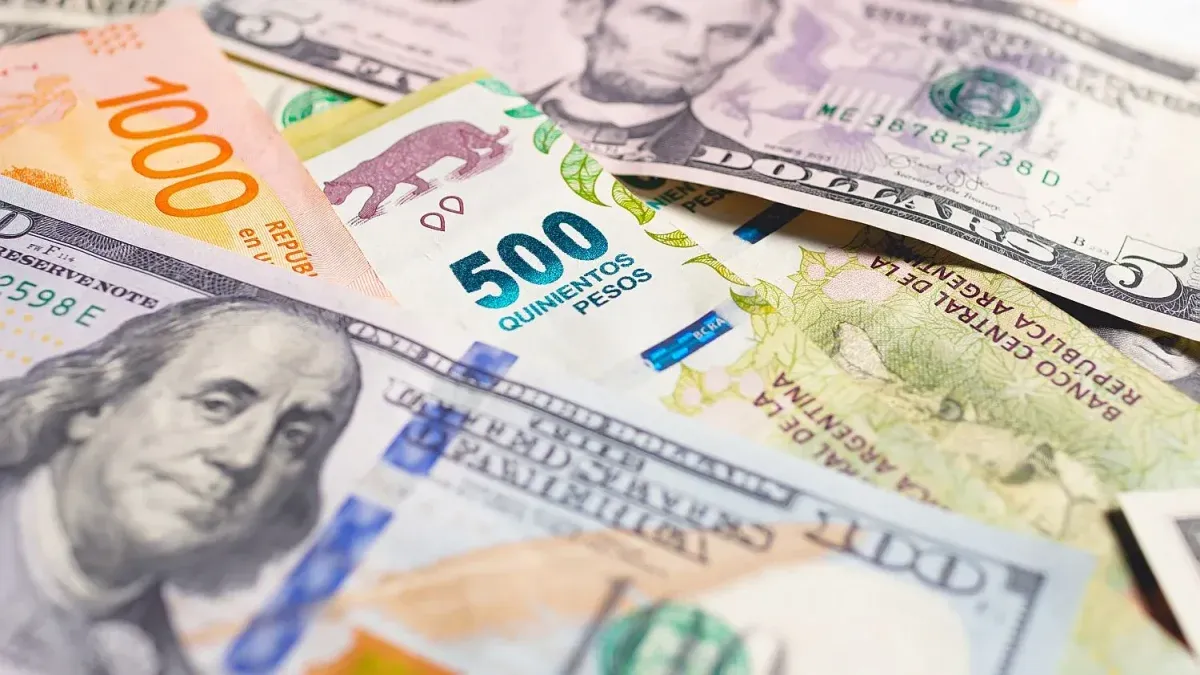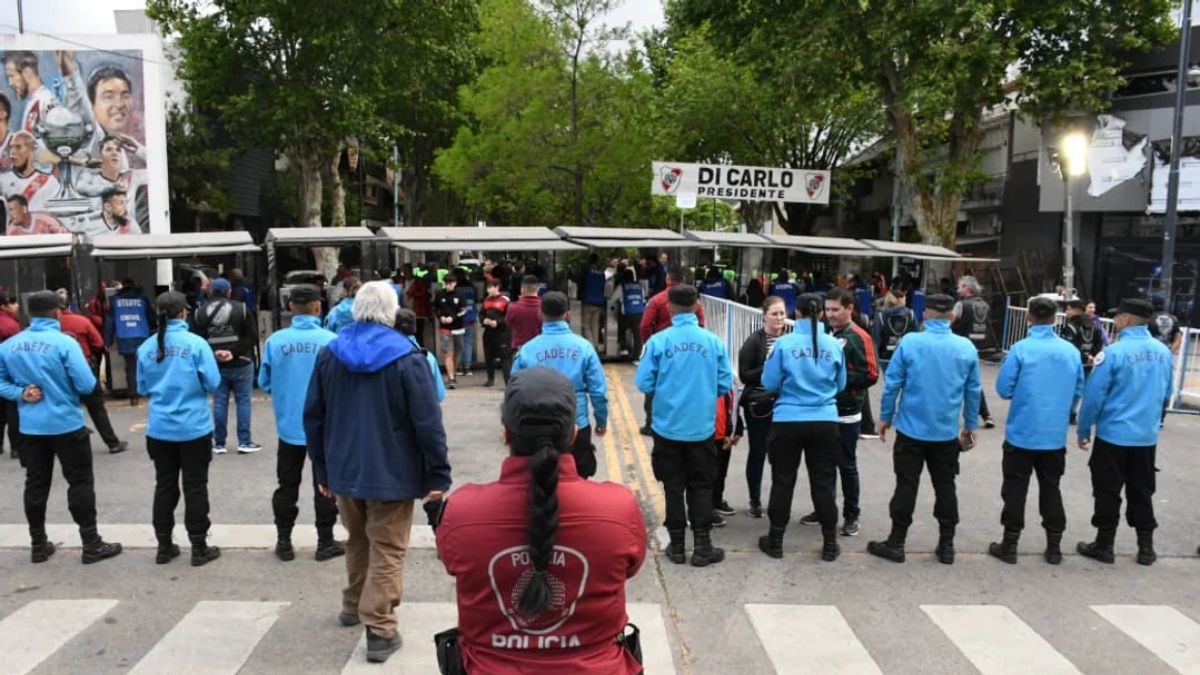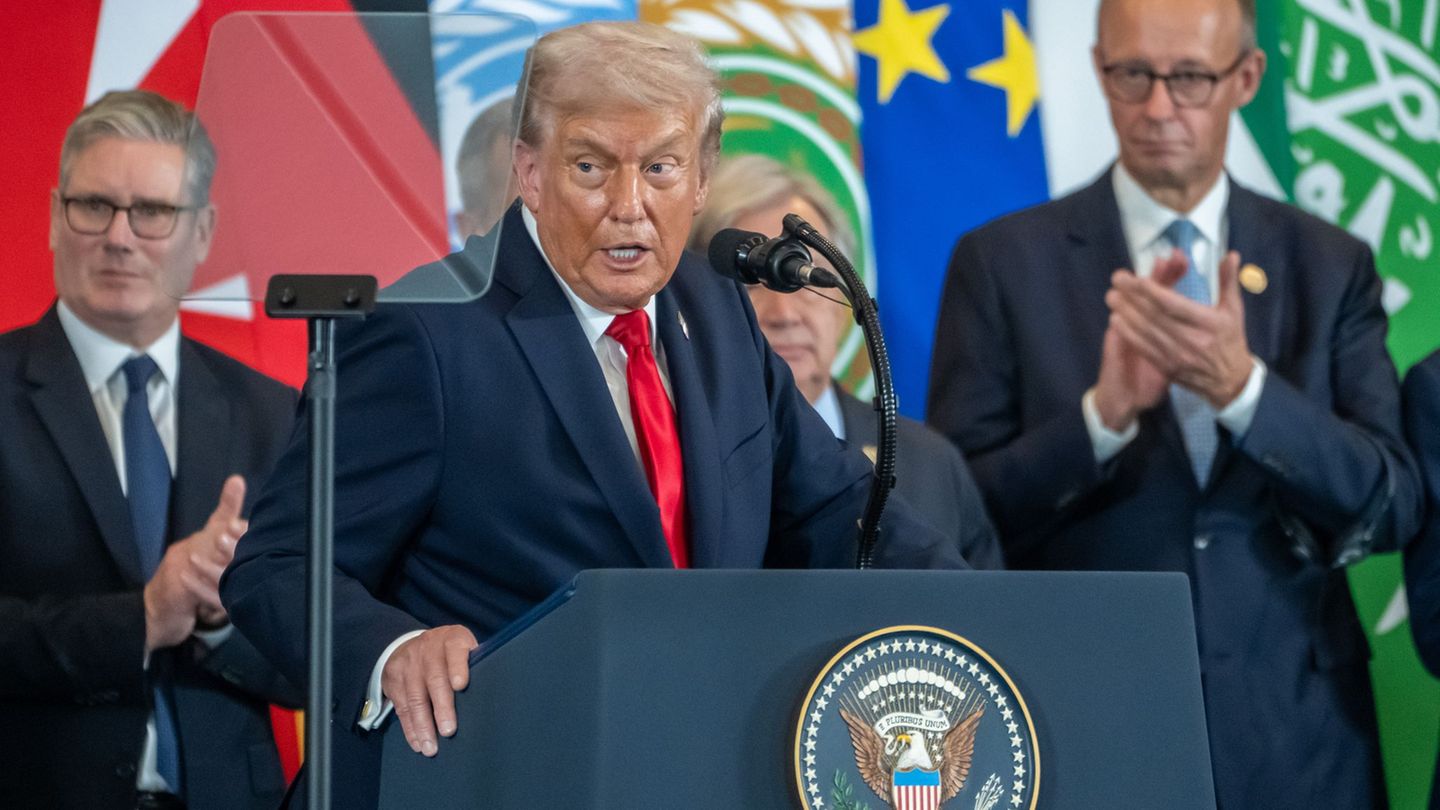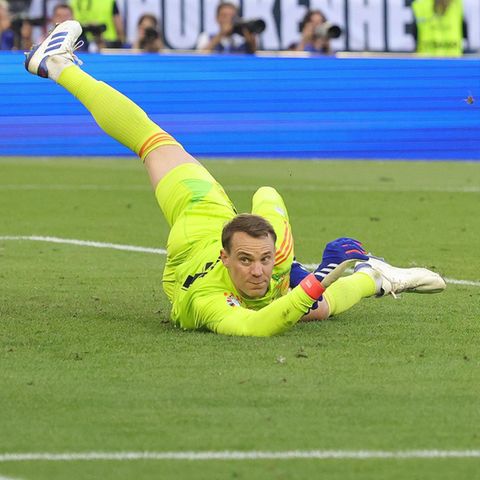Last week, government officials traveled to the United States in pursuit of accelerating strategic agreements and achieving dollar support to advance on the path towards “currency competition”, one of the campaign promises. In this framework, the market debates the feasibility of this monetary scheme and analyzes the possible risks.
The Minister of Foreign Affairs, Diana Mondinosigned a memorandum with his North American counterpart last Friday, Anthony Blinkenwith the aim of strengthening the bilateral relationship and showing alignment both in economic matters and in other matters.
In addition, the chancellor held meetings with the security advisor, Jake Sullivan, the Secretary of the Treasury, Janet Yellen, and the undersecretary of the Treasury for international affairs, Jay Shambaugh. A well-known brokerage firm maintained in a recent report that the latter was the most important since Shambaugh is the key man in the relationship with multilateral credit organizations such as the IMF, the World Bank and the Inter-American Bank.
One of the main objectives of the trips that the Government is carrying out is to close the fine print of a syndicated loan with international banks, guaranteed by multilateral organizations or members of the G7., to support currency competition and assist in the endogenous dollarization process. In that sense, Shambaugh could offer collaboration from the United States to organizations, mainly the World Bank.
Seeking dollar support for currency competition
If the negotiations are fruitful, they stated in the aforementioned ALyC, The Central Bank (BCRA) would have funding of between US$15,000 million and US$18,000 million to dollarize a monetary base that today is US$13.5 billion,
About, Another report from the consulting firm 1816 was not so optimistic about the viability of the plan. of the Government and asserted that “the market is more attentive to the policies that the Ministry of Economy and the BCRA are implementing than to evaluating the implications of a Simons Bank for the financial system”, although they stressed the importance of always taking into consideration “the ideas of the President about the final stage of economic policy”.
More specifically, 1816 finds three fundamental obstacles that could hinder the implementation of Javier Milei’s plan. Firstly, they warned that the form of currency competition that is proposed (with permanent elimination of all sources of monetary issuance via legal prohibition) It is unprecedented in the world.
In the second instance, they stressed that the success of this policy depends largely on the market believing reliably that the elimination of the emission will be forever, something that It could be complicated in the event, for example, of a bad result for Libertad Avanza in the 2025 legislative elections.
Finally, they concluded, The scheme may encounter obstacles “if Argentines are slow to take the dollars out of the mattress since this would imply a demonetization of the economy and would slow down the recovery of activity.”as long as there is no massive influx of foreign capital.”
What form would the coin competition proposed by Milei have?
As a first step, the Government will seek eliminate all emission sources by sustaining the fiscal surplus and eliminating remunerated liabilities and private sector deposits in the monetary authority as fundamental pillars
Subsequently, Congress should approve the ban on printing banknotes and the possibility of the Argentine peso coexisting with any other currency legal tender.
At the time of this kind of dollarization, agents could convert their pesos to dollars through an exchangethrough which the economic team led by Luis Caputo expects around 50% of the monetary base to be dollarized over the course of three or four months.
In parallel, Argentines should keep the dollars stored both inside and outside the system since today the pesos in circulation represent only 6% of the GDP and would not be enough to guarantee economic reactivationas the financial consultant recalled Federico Dominguez in this note.
Regarding the conversion exchange rate, the ruling party estimates a value of between $880 and $1,100 per dollarwhich arises from the range between the official wholesale exchange rate, the CCL and the “card” dollar.
“It is not clear what would happen to the value of the peso in relation to the dollar: while the supply of pesos would be fixed, it is not easy to predict what the floor of its demand would be once all restrictions are released and the dollar becomes legal tender. In this sense, “It would be the market itself that would define the speed of demonetization of the peso and how soon (or late) we would move towards final dollarization (the “endogenous dollarization” that Milei speaks of)”, they explained in 1816.
Source: Ambito




